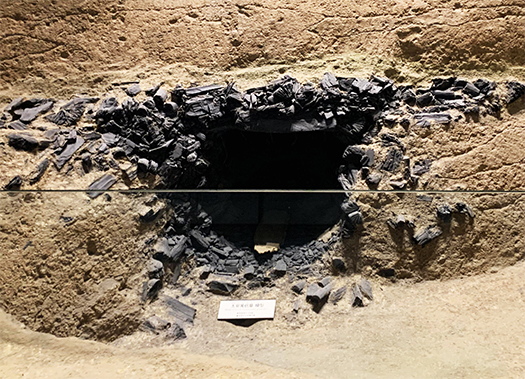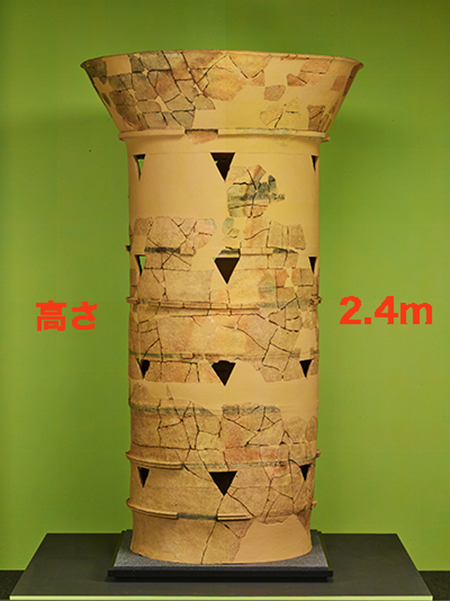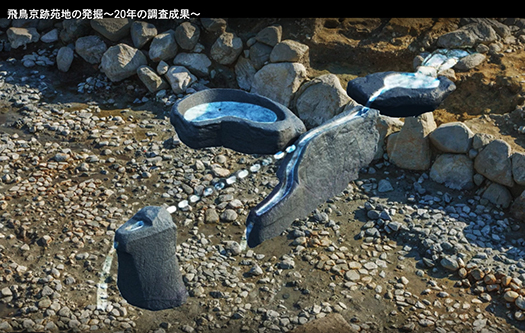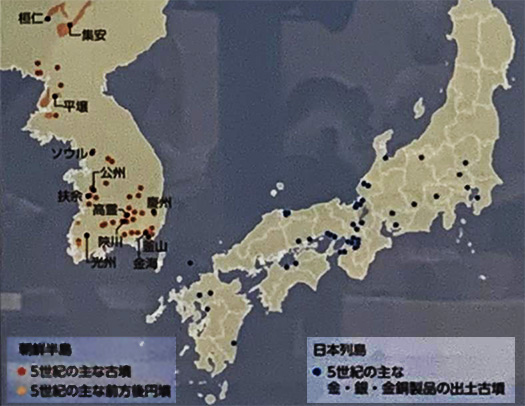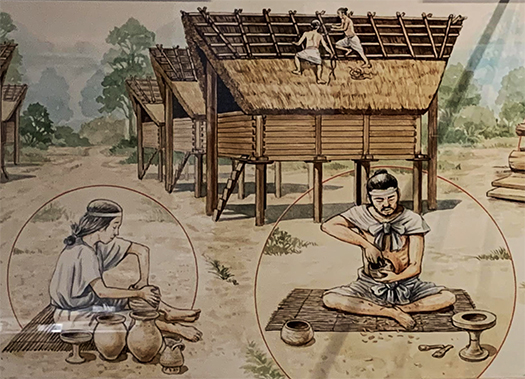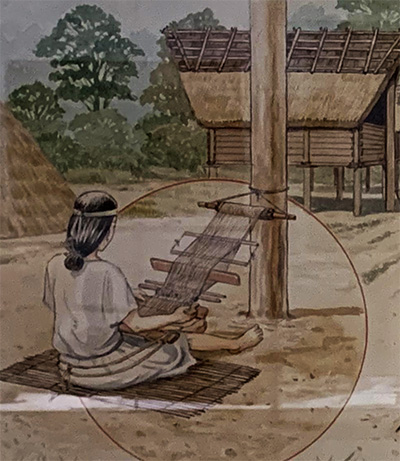
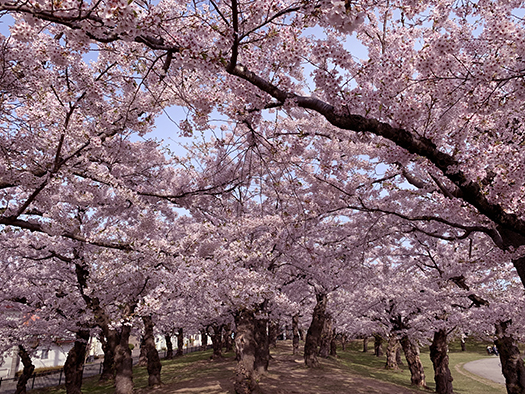
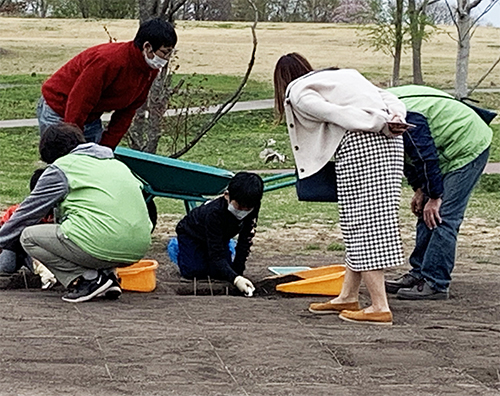
昨日まで道南のサクラ探訪ツアーで過ごしておりました。
毎年わが家の恒例で花見は函館五稜郭、松前サクラその他。
その合間に見学するのは遺跡など、ということで春満喫。
ことしはこの3日間、北海道地方は好天続きで写真のように
羊蹄山、道南函館もすばらしい青空が迎えてくれました。
遺跡探訪も各地で世界遺産登録のおかげでか、多くの方が興味深そうに
先人の暮らしの様子探索に家族一緒に楽しんでいた(笑)。
こどもさんたちに体験発掘をさせるなど、親しんでもらう工夫も。
写真は道南の垣の島遺跡でのものでしたが、
説明員のみなさんも多くの家族連れなどの参加で意を強くされ、
たいへん和やかな内にも真剣に「伝承」されていました。
未来を担うこどもさんたちが身近な人間の営為に興味を持つのは
まことにすばらしい教育機会だと思います。
土をいじり、その肌ざわりをもって知識を重ねていくことで
血の通った通史を知ることになっていくことでしょう。
まだ歴史の浅い北海道ですが、
この150年ほどの間にも日本人的DNAとしてサクラの植樹は旺盛。
とくに道南の五稜郭、そして松前の取り組みはすばらしい。
ことしはなぜか吉野のサクラ、弘前城のサクラと触れてきましたが、
道南地域の盛り上がりは決して劣るものではない。
やがてこういう取り組みが「北海道的な」サクラ文化として
大きく取り上げられていくのは間違いないだろうと思います。
なんといっても遠い山並みには白い雪景色があって、
それとのコントラストを楽しめるというのは北海道だからこそ。
写真の羊蹄山も稜線に白い雪渓が残って独特の美感。
吉野のようにひと目千本というサクラの海というものとは別に
季節感の多様性のなかで愛でるサクラ文化というように思える。
まだまだ新開地としての北海道らしい新しいサクラ文化が
生み出される可能性が高いのだと思えます。
ことしはゴールデンウィークにサクラがぴったりと間に合った。
札幌ですらほぼ満開のような状況。
きのう夜遅くに長躯クルマドライブで札幌まで帰還しましたが、
本日からは腰を落ち着けて札幌周辺、道央や各地の様子も
大いに楽しみたいと思います。
こういう「国土への愛着」が国民の大きな資産なのだと思います。
ウクライナでは依然としてきびしい状況が続いていますが、
愛着こそがロシア・プーチンのようなバカげた支配者を粉砕する民族の力。
こうした努力が草の根の国の力を涵養するのだと思います。
日本にはサクラ文化という国力がある、そんな思いがしてきています。
English version⬇
2022Good weather in the first half of GW, cherry blossom trip in southern Hokkaido.
Grassroots cherry blossom lovers are a national culture. The power of attachment is the national power and the fundamental power to crush the aggression of other countries. GW is a time to learn the importance of peace…
Until yesterday, I was on a cherry blossom tour in southern Hokkaido.
Our family’s annual cherry blossom viewing tour includes Hakodate Goryokaku, Matsumae cherry blossoms, and other cherry blossom viewing spots.
In between, we visited ruins and other places to fully enjoy spring.
The weather in the Hokkaido area was fine for the past three days, as you can see in the photo.
Yotei and Hakodate in southern Hokkaido were greeted with beautiful blue skies.
Many people were interested in exploring the ruins, perhaps thanks to their registration as World Heritage sites.
Families enjoyed exploring the lifestyle of our ancestors together (laugh).
The children were given the opportunity to experience the excavation, and other efforts were made to familiarize them with the site.
The photo was taken at the Kakinoshima site in southern Hokkaido.
The explanatory staff were also encouraged by the participation of many families and other visitors.
The participants were very friendly, but at the same time they were serious about “passing on the tradition”.
I think it is a wonderful educational opportunity for children, who are the bearers of the future, to be interested in human activities around them.
I think it is a wonderful educational opportunity for the children, who are the future leaders of our society, to be interested in human activities around them.
By tinkering with the soil and accumulating knowledge through the texture of the soil
I am sure that they will come to know the history of the world through the blood of the soil.
Hokkaido is still in its infancy.
In the past 150 years or so, the planting of cherry trees has been vigorously pursued as part of the Japanese DNA.
The efforts of Goryokaku in southern Hokkaido and Matsumae are particularly impressive.
This year, for some reason, I have mentioned cherry blossoms in Yoshino and Hirosaki Castle.
The excitement in the southern Hokkaido region is by no means inferior to that of other areas.
I have no doubt that these efforts will soon be widely recognized as “Hokkaido’s” sakura culture.
I have no doubt that these efforts will eventually be widely recognized as part of the “Hokkaido-style” sakura culture.
After all, there are white snow-covered landscapes in the distant mountains.
The contrast between the white snow on the mountains in the distance is something that can only be enjoyed in Hokkaido.
Yotei in the photo also has a unique beauty with its white snow-covered ridges.
The sea of 1,000 cherry trees in Yoshino is different from the sea of 1,000 cherry trees at a time.
It seems to me that the cherry blossom culture is a culture that can be appreciated in the diversity of the seasons.
It is highly possible that a new sakura culture will be born in Hokkaido, which is still a newly developed area.
I believe that there is still a high possibility that a new cherry blossom culture unique to Hokkaido will be born in this newly developed region.
This year, the cherry blossoms arrived just in time for Golden Week.
Even Sapporo is almost in full bloom.
I returned to Sapporo late last night after a long car drive.
From today, I would like to sit back and enjoy the scenery of Sapporo, Hokkaido and other areas.
I am looking forward to seeing the Sapporo area, the central part of Hokkaido, and various other places in Japan.
I believe that this kind of “attachment to the land” is a great asset for the people of Japan.
The situation in Ukraine continues to be difficult.
However, attachment is the power of the people to crush the ridiculous rulers like Russia’s Vladimir Putin.
I believe that such efforts will cultivate the power of a grassroots nation.
I am beginning to think that Japan has the national power of cherry blossom culture.
Posted on 5月 1st, 2022 by 三木 奎吾
Filed under: 日本社会・文化研究 | No Comments »











